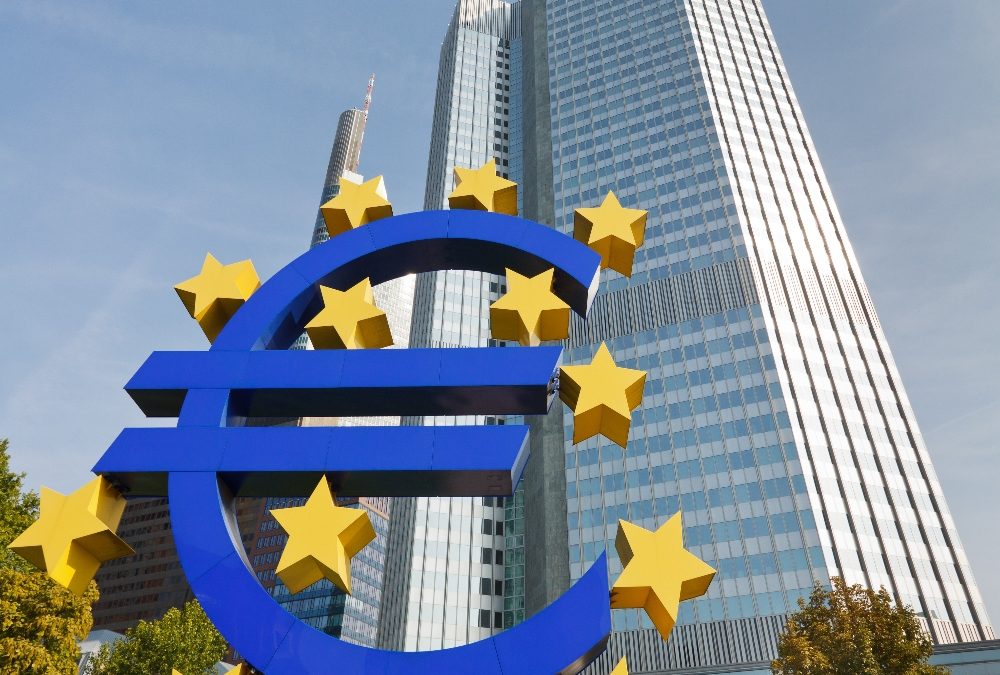The European Central Bank hit pause on interest rate changes Thursday, keeping its key deposit rate at 2%, a widely expected move and the first hold after more than a year of steady cuts.
The decision comes as Eurozone inflation finally aligns with the ECB’s 2% medium-term target, a milestone that coincides with rising uncertainty over US-EU trade tensions.
In its post-meeting statement, the ECB acknowledged that inflation is now at its target but pointed to a “highly uncertain environment,” especially with global trade risks mounting.
While the hold was anticipated by markets, the central bank offered little in the way of forward guidance.
Officials stopped short of committing to any particular policy path, instead emphasizing that upcoming decisions will depend heavily on how US trade policy evolves and how broader geopolitical dynamics play out in the months ahead.
Europe’s fragile economy
Recent economic data has painted a mixed picture for the Eurozone.
ECB Vice President Luis de Guindos warned that growth is likely to remain “almost flat” through the second and third quarters, as earlier stockpiling by companies meant to get ahead of potential tariff hikes has now faded.
Business sentiment remains cautious, and loan demand is still weak.
Attention is now turning to the upcoming GDP report, due July 30, which could provide more clarity on the bloc’s near-term outlook.
Still, not all signals are negative. A few recent surveys suggest that private sector activity is slowly picking up, hinting at the early stages of a recovery.
That said, the momentum is fragile and far from consistent across sectors.
How markets reacted?
Financial markets largely shrugged off the ECB’s latest policy statement. German 10-year bond yields held onto earlier gains, ending the day near 2.67%.
The euro hovered just above $1.17, down slightly on the day, though still up more than 13% against the dollar since January.
While a stronger euro helps ease imported inflation, some analysts warn it could push consumer prices too low in the months ahead, a risk that might complicate future policy decisions for the ECB.
ECB maintaining a delicate balance
Inside the ECB, there’s a growing divide. Some officials notably Isabel Schnabel, argue the Eurozone economy is holding up well enough that further rate cuts shouldn’t be rushed.
In her view, it would take a “very high” threshold to justify another move.
Others aren’t so sure. They worry the recent uptick in data might not last, especially if trade tensions with the US worsen or if expected public investment fails to materialize.
ECB President Christine Lagarde is expected to elaborate at a press conference in Frankfurt, where she’s likely to walk the line between cautious optimism and policy flexibility.
She’s repeatedly emphasized the bank’s willingness to act if needed, a message that carries added weight as large-scale infrastructure and defense spending plans begin to take shape.
Meanwhile, markets are trying to read between the lines. Many traders now see a decent chance of a single 25-basis-point cut before the end of the year, with September being the likely window.
But that’s far from a sure thing. The outlook hinges heavily on incoming data and how talks with Washington evolve in the weeks ahead.
The post ECB hits pause on rate cuts: what it means for Europe’s fragile recovery? appeared first on Invezz


